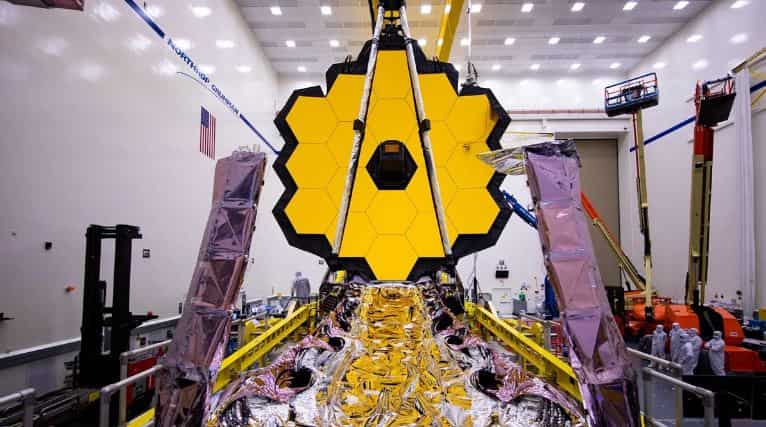Regional

London: In a major scientific breakthrough, human-made first 'Time Machine', the James Webb Space Telescope (JWST) is also set to be launched on Christmas eve. The Telescope is a flagship observatory jointly developed by NASA, the European Space Agency (ESA) and the Canadian Space Agency (CSA).
A far more transformed, powerful and advanced than the revolutionary Hubble Space Telescope that was launched in 1990, which transformed our understanding of the cosmos, JWST will help astronomers peer further back in time to discover some of the earlier galaxies to have formed in the universe and help us understand how galaxies such as our own Milky Way came into existence.
The telescope, that was initially planned to launch in 2007 with a budget of $500 million, has been riddled multiple delays and budget overruns.
Also read: Aishwarya Rai Bachchan Summoned By ED In Panama Papers Leak Case
Several technical challenges had to be overcome throughout the designing and implementation of JWST, including a major redesign in 2005. As things stand, JWST is on schedule to be launched aboard on Ariane 5 rocket supplied by ESA from Kourou in French Guiana, an event for which astronomers, as well as science enthusiasts around the world, will be crossing their fingers and holding their breaths.
Once fully operational, JWST will begin to survey the cosmos in a bid to answer some of the most fundamental questions surrounding the origin of stars and black holes in galaxies as well as life on planets. Some of the key science goals that will be achieved thanks to JWST include studying the formation of galactic structure nearly 13.5 billion light-years away, at a time when the Universe was in its infancy and the first stars were only just emerging out of the darkness and bathing the Universe in light.
JWST will also perform a census of the faintest galaxies across time, helping astronomers understand how galaxies have assembled over billions of years. On slightly smaller scales, thanks to its infrared capabilities, JWST will be able to see through clouds of thick cosmic dust that obscures our vision at optical wavelengths, into regions where new stars and planetary systems are born.
The telescope will also help study the atmospheres of potentially habitable exoplanets orbiting other suns, in addition to giving a detailed view of objects within our own solar system.
Leave A Comment